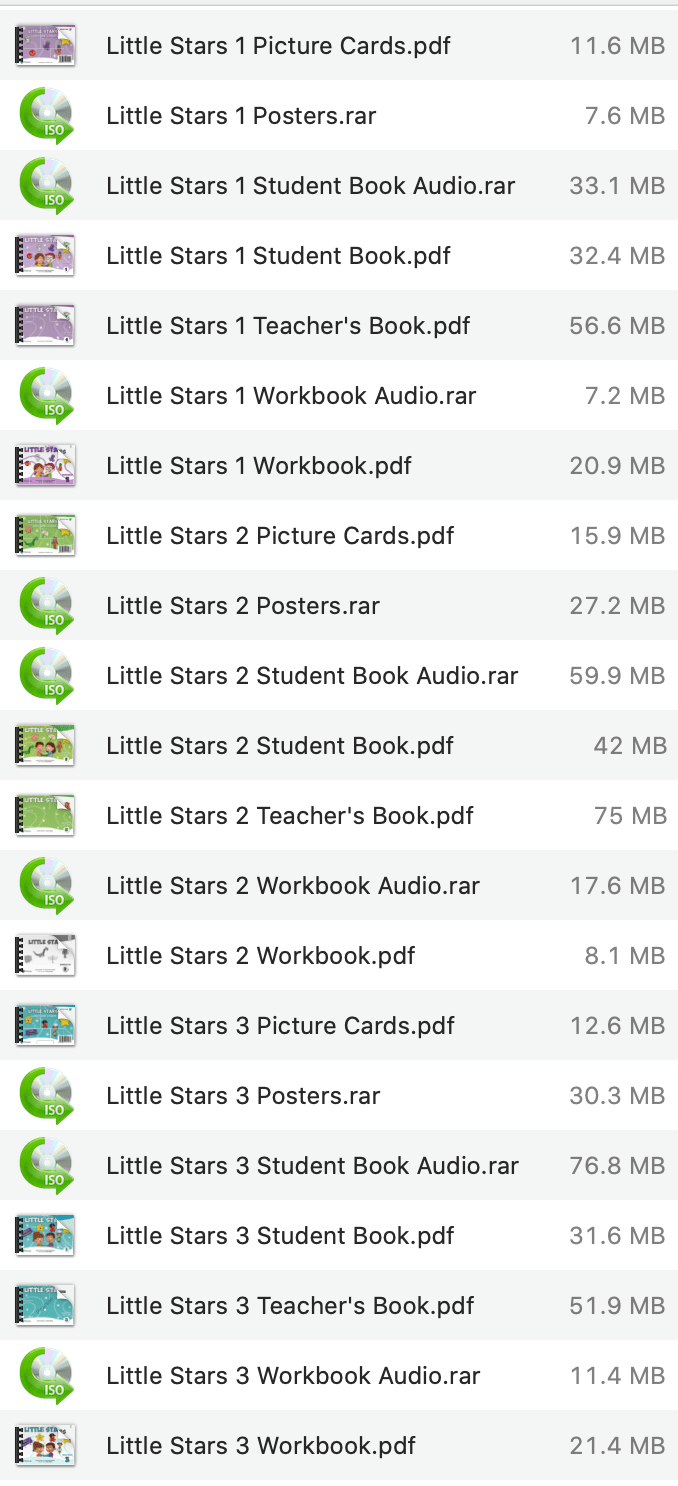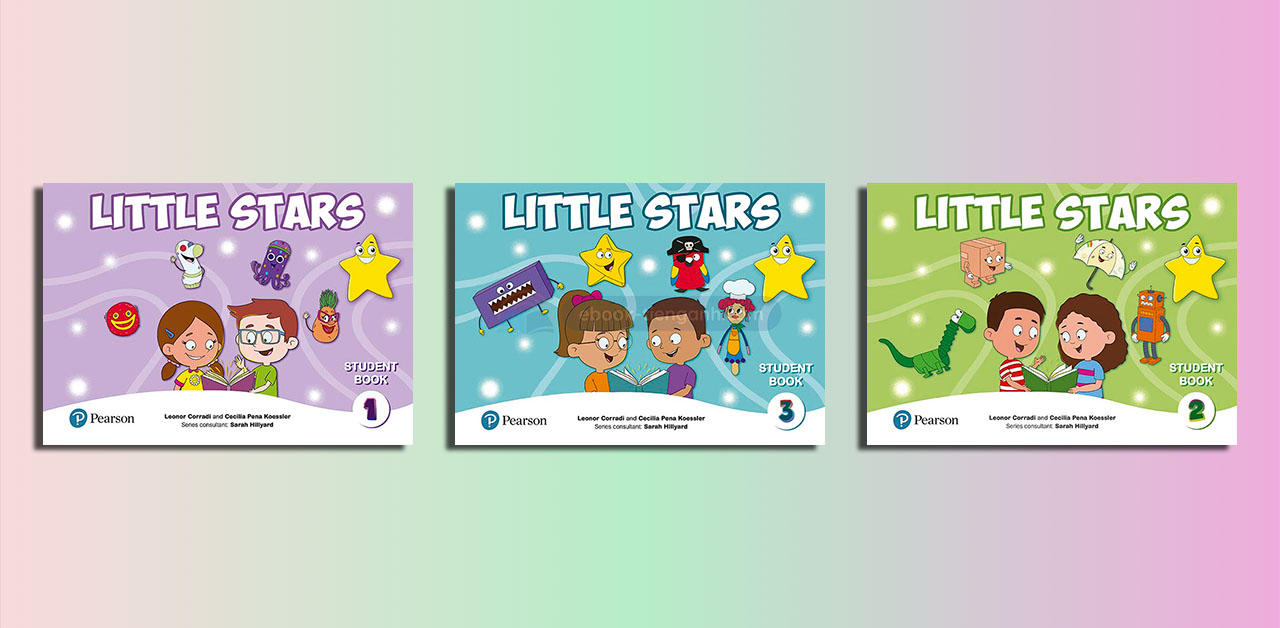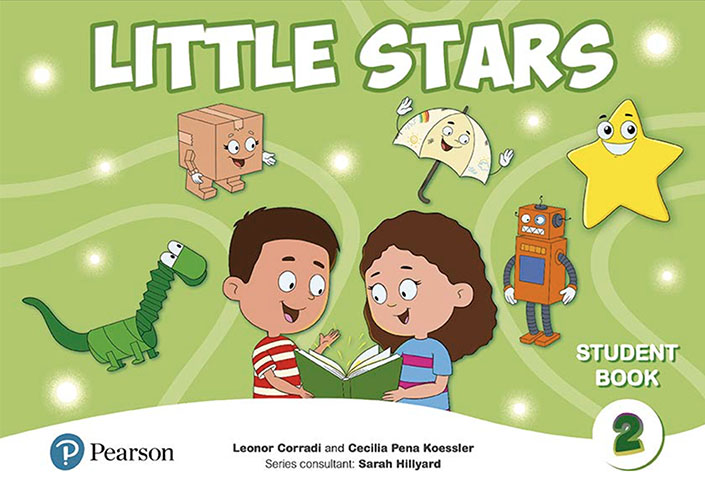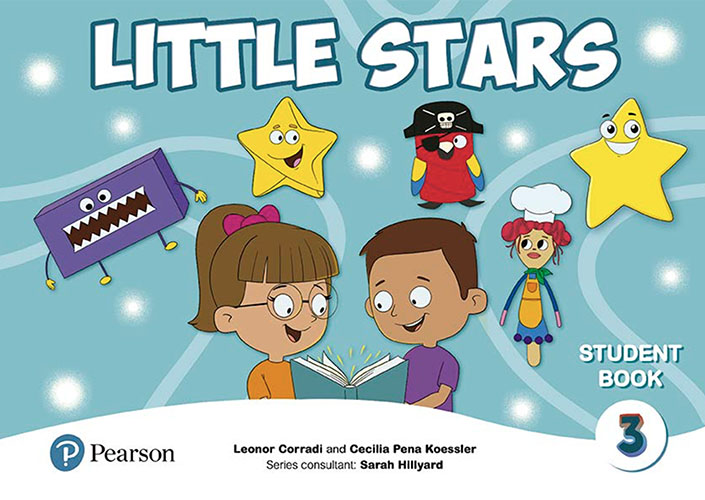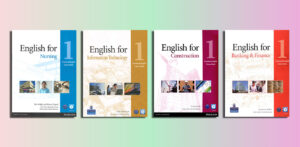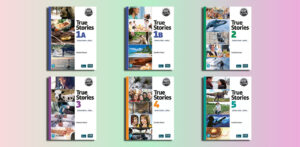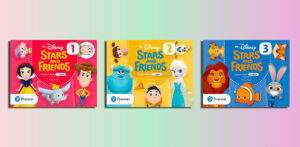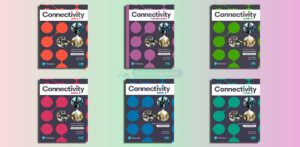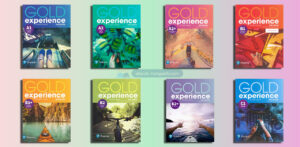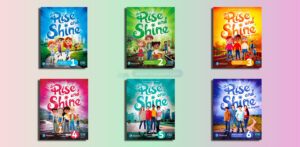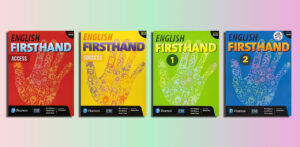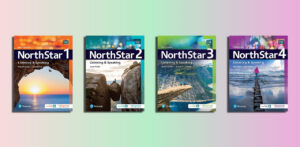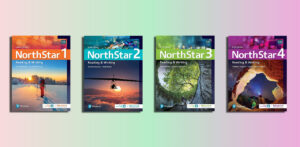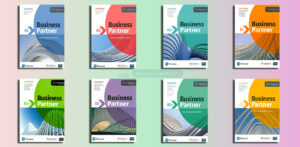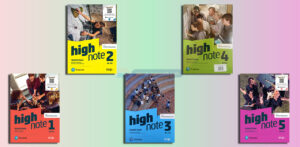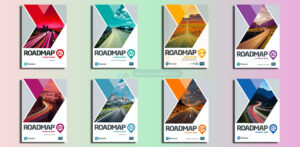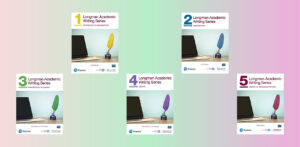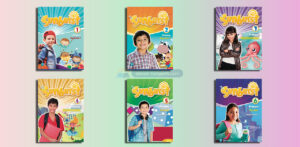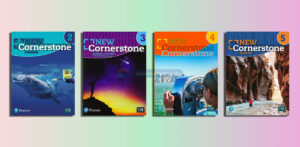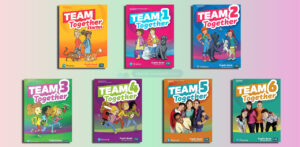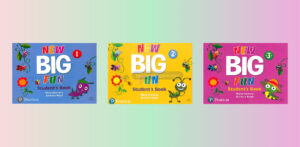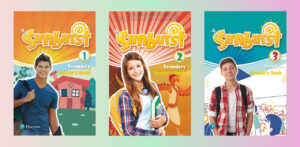Little Stars (PDFs, Resources)
Level 1
Little Stars 1 Picture Cards.pdf
Little Stars 1 Posters.rar
Little Stars 1 Student Book Audio.rar
Little Stars 1 Student Book.pdf – Sample: Click
Little Stars 1 Teacher’s Book.pdf
Little Stars 1 Workbook Audio.rar
Little Stars 1 Workbook.pdf
Level 2
Little Stars 2 Picture Cards.pdf
Little Stars 2 Posters.rar
Little Stars 2 Student Book Audio.rar
Little Stars 2 Student Book.pdf – Sample: Click
Little Stars 2 Teacher’s Book.pdf
Little Stars 2 Workbook Audio.rar
Little Stars 2 Workbook.pdf
Level 3
Little Stars 3 Picture Cards.pdf
Little Stars 3 Posters.rar
Little Stars 3 Student Book Audio.rar
Little Stars 3 Student Book.pdf – Sample: Click
Little Stars 3 Teacher’s Book.pdf
Little Stars 3 Workbook Audio.rar
Little Stars 3 Workbook.pdf
| Name | Price | Buy |
|---|---|---|
| Little Stars 1 (PDFs, Resources) | $6 | |
| Little Stars 2 (PDFs, Resources) | $6 | |
| Little Stars 3 (PDFs, Resources) | $6 | |
| Little Stars - All 3 Levels (PDFs, Resources) | $15 |
Overview of the “Little Stars”
Contents
| ✅ Coursebook: | Little Stars |
| ✅ Publisher: | Pearson |
| ✅ For: | Preschool |
| ✅ Levels: | Pre A1, A1 |
| ✅ Publication year: | 2020 |
“Little Stars” is a three-level series designed for pre-primary English language education, published by Pearson. It presents an innovative and holistic approach to early childhood education, integrating various aspects of a child’s development – social, emotional, cognitive, motor, and expressive. The course is unique in its emphasis on preparing children for contemporary society and future challenges.
Key Principles of Little Stars:
Language as a Social Practice:
- The series focuses on language as a tool for social interaction, emphasizing its use in everyday life for various purposes like listening, reading, writing, and speaking.
Multisensory Approach:
- Little Stars incorporates hands-on activities that engage multiple senses, enhancing the effectiveness of learning.
Involvement:
- The course engages students through visuals, stories, situations, and games that blend real-life elements with fantasy and magic. It encourages movement and active participation, helping children connect language with meaning.
Stories:
- Stories form a core component of the series, aiding in language learning and understanding the world. Dramatized stories help children remember expressions and apply them in classroom situations.
Play:
- Play is central to the learning approach, facilitating interaction and the development of social skills, values, and norms. Games in the series cater to diverse sociocultural backgrounds and promote various developmental aspects like self-confidence, autonomy, and cooperation.
Unique Features of Little Stars:
STEAM Challenges:
- Activities involving Science, Technology, Engineering, Arts, and Math inspire creativity and inquiry, fostering a love for learning from an early age.
Songs, Chants, and Literacy Development:
- The use of music and rhythm in songs and chants, with lyrics presented visually, supports literacy development and makes learning memorable.
Life Skills:
- Through stories set in everyday situations, children acquire and develop life skills, learning to use language meaningfully in similar real-life contexts.
Meaningful Activities:
- All activities focus on at least one aspect of children’s development, always in meaningful contexts that enhance overall learning.
Components of Little Stars:
For Students:
- Student Book
- Workbook
For Teachers:
- Teacher’s Edition
- Picture Cards and Posters
Suitability:
“Little Stars” is tailored for pre-primary children, making it an ideal choice for young learners at the very beginning of their English language learning journey. Its integrative approach addresses not only language skills but also broader developmental areas, preparing children holistically for their future in society.
Who is suitable for ‘Little Stars’?
“Little Stars” is a comprehensive pre-primary English language learning series from Pearson, designed for a specific audience:
Pre-primary Children:
- The course is ideal for very young learners who are just beginning their educational journey. This typically includes children in preschool or kindergarten, usually around the ages of 3 to 6 years.
Beginners in English:
- As it caters to pre-primary education, “Little Stars” is suitable for children who are new to the English language. It is designed to introduce basic language skills in a way that is engaging and appropriate for their developmental stage.
Learners Who Thrive on Multisensory Learning:
- The series is especially beneficial for children who learn best through a multisensory approach. The integration of hands-on activities involving different senses makes it suitable for young learners who absorb information through seeing, hearing, and doing.
Children Who Enjoy Learning Through Play:
- “Little Stars” is ideal for children who respond well to learning through play. The series incorporates games and playful activities that are not only enjoyable but also educational, fostering social and cognitive development.
Young Learners with Diverse Learning Styles:
- The series’ use of stories, visuals, songs, and chants makes it suitable for a range of learning styles, including auditory, visual, and kinesthetic learners.
Students Preparing for a Social and Collaborative Learning Environment:
- “Little Stars” emphasizes social interaction and collaborative learning, making it a good fit for children who are being prepared for a more structured school environment where social skills and group interaction are important.
Early Learners of STEAM Subjects:
- With its inclusion of STEAM challenges, the series is suitable for young learners who show an early interest in science, technology, engineering, arts, and mathematics.
Children Developing Early Literacy Skills:
- The focus on literacy development through song lyrics and visual representations of texts makes “Little Stars” apt for children who are beginning to develop reading and writing skills.
In summary, “Little Stars” is tailored for young, pre-primary children who are just starting to learn English and are at the initial stages of their academic journey. Its engaging, multisensory, and playful approach makes learning enjoyable and effective for this age group.
The benefits of ‘Little Stars’
“Little Stars,” designed for pre-primary education, offers a multitude of benefits that are particularly tailored to the developmental needs of young learners. This series from Pearson stands out for its comprehensive approach to early childhood education. Here are some key benefits:
Holistic Development:
- The series focuses on an integral approach that addresses social, emotional, cognitive, motor, and expressive aspects of a child’s development, ensuring a well-rounded educational experience.
Language Learning as a Social Practice:
- “Little Stars” treats language as an essential part of social interaction, helping children understand the practical use of language in everyday life and enhancing their communication skills.
Multisensory Learning Experience:
- The course engages various senses through hands-on activities, making learning more effective and memorable. This multisensory approach is particularly beneficial for young children who learn best through engaging different senses.
Active Involvement and Engagement:
- With a focus on involving students through visuals, stories, situations, and games, the series keeps children engaged and makes learning more enjoyable. The inclusion of elements of fantasy and magic also sparks their imagination.
Narrative and Storytelling:
- Stories are central to “Little Stars,” aiding in language development and helping children understand and cope with different situations. Storytelling, especially when dramatized, enhances memory and makes learning more vivid.
Play-Based Learning:
- Recognizing the importance of play in early education, the series integrates games that promote social interaction, learning of values and norms, and development of various skills like self-confidence, autonomy, and cooperation.
STEAM Challenges:
- The inclusion of activities related to Science, Technology, Engineering, Arts, and Math encourages inquiry, creativity, and a love of learning, stimulating children’s natural curiosity.
Music and Rhythm for Literacy Development:
- Songs and chants facilitate memory and aid in literacy development, as children begin to connect visual images with textual and auditory information.
Development of Life Skills:
- “Little Stars” incorporates real-life situations in its stories, allowing children to acquire and practice important life skills and use language meaningfully in similar contexts.
Diverse Learning Styles Accommodation:
- The variety of activities and resources ensures that the series caters to different learning styles, making it inclusive and effective for all children.
Preparation for Formal Schooling:
- By focusing on a range of developmental areas, “Little Stars” prepares children for the transition to formal schooling, both academically and socially.
Cultural and Sociocultural Awareness:
- The series exposes children to different games and stories that reflect a variety of sociocultural backgrounds, fostering cultural awareness and sensitivity from a young age.
In summary, “Little Stars” offers a rich and multifaceted educational experience for pre-primary learners, laying a solid foundation for language development while simultaneously nurturing key aspects of their overall growth and readiness for future academic and social challenges.
Effective teaching and learning strategies for ‘Little Stars’
Implementing “Little Stars” effectively in a pre-primary educational setting involves adopting teaching and learning strategies that align with the developmental needs of young learners and the course’s unique methodologies. Here are some effective strategies for teaching and learning with the “Little Stars” series:
Emphasize Multisensory Learning:
- Engage students through activities that involve multiple senses — such as tactile activities, visual aids, and auditory exercises like songs and chants. This approach helps in better retention and understanding.
Incorporate Play and Movement:
- Integrate play-based learning and physical movement into lessons. Young children learn effectively through play and active participation, which also helps in developing motor skills.
Utilize Storytelling:
- Make extensive use of stories, as they are a central component of “Little Stars.” Storytelling helps in language acquisition and can teach children about different situations and cultures. Dramatizing stories can make the experience more engaging and memorable.
Implement CLIL (Content and Language Integrated Learning):
- Integrate learning of English with other subjects like science and math. This approach not only enhances language skills but also broadens general knowledge.
Foster Social Interaction:
- Encourage activities that require interaction among children. Group activities and games can improve social skills, teamwork, and communication.
Incorporate Music and Rhythm:
- Use songs and chants from the series to enhance memory and language rhythm. Music is an effective tool in early language learning and can aid in the development of literacy skills.
Create a Stimulating Learning Environment:
- Design a classroom environment that is visually stimulating and conducive to learning. Use materials like picture cards and posters provided in the series to create an engaging atmosphere.
Encourage Language Use in Real-Life Contexts:
- Use language in contexts that are familiar to the children. Relating language use to their daily experiences makes learning more relevant and meaningful.
Develop Life Skills:
- Integrate the teaching of life skills into language learning. Use scenarios and stories from the series to discuss and practice skills like cooperation, honesty, and empathy.
Use STEAM Activities:
- Incorporate Science, Technology, Engineering, Arts, and Math activities to stimulate curiosity and encourage problem-solving and creative thinking.
Interactive and Visual Learning:
- Utilize interactive and visual learning methods, such as interactive whiteboards or digital resources, to cater to the diverse learning styles of young children.
Regular Review and Repetition:
- Young children benefit from repetition. Regularly review key vocabulary and concepts to reinforce learning.
Parental Involvement:
- Encourage parental involvement in the learning process. Share tips and resources with parents to support learning at home.
Tailor to Individual Needs:
- Recognize that each child learns differently. Tailor activities and interactions to suit individual learning styles and needs.
By incorporating these strategies, educators can effectively utilize the “Little Stars” series to create a dynamic, inclusive, and enriching learning experience for pre-primary students.
Top English Learning Series for Young Learners: Engaging Alternatives to Pearson’s Little Stars
For learners seeking alternatives to the “Little Stars” series by Pearson, which is designed to introduce young learners to English through storytelling, songs, and a variety of engaging activities, several educational series offer similar blends of engaging content and foundational language development for children. Here are notable series that provide comprehensive early English language learning experiences:
- “Our Discovery Island” by Pearson Education: Utilizes engaging stories, characters, and songs to captivate young learners, making English learning an adventurous discovery of a fantasy island.
- “Family and Friends” by Oxford University Press: Combines language learning with social and emotional development, offering engaging stories, songs, and art activities to support young learners in developing comprehensive English language skills.
- “Pockets” by Pearson Education: Tailored for very young learners, Pockets introduces English through engaging songs, stories, and hands-on activities, focusing on themes that are relevant and engaging to preschool children.
- “Big Fun” by Pearson Education: Aimed at early learners, Big Fun teaches young learners English by exploring the world around them through play, stories, and involvement in arts and crafts, encouraging curiosity and creativity.
- “Super Safari” by Cambridge University Press: Designed for pre-school children, this series introduces English through stories, songs, and plenty of opportunities for play and creativity, fostering a sense of exploration and discovery.
- “Show and Tell” by Oxford University Press: Integrates language learning with developing social and emotional skills, using themes that resonate with young learners to help them express themselves in English while exploring their environment.
- “Let’s Go” by Oxford University Press: Known for its success in combining language learning with engaging songs, games, and puzzles, Let’s Go makes learning English fun and effective for children, incorporating themes of exploration and discovery.
- “Balloon” by Helbling Languages: Offers a gentle introduction to English for young learners, focusing on simple vocabulary and phrases through stories, songs, and games, designed to make learning English enjoyable and accessible.
- “Magic Time” by Oxford University Press: Combines language learning with magical themes and characters, offering a stimulating environment for young learners to begin learning English through songs, games, and storytelling.
- “English Adventure” by Pearson Education: Utilizes Disney characters and stories to make learning English an exciting adventure for children, facilitating engagement with language learning through familiar narratives and themes.
- “Hip Hip Hooray!” by Pearson Education: Features a colorful and engaging approach to English learning for young learners, with a focus on songs, games, and craft activities that support language acquisition and classroom participation.
- “Cookie and Friends” by Oxford University Press: A playful and gentle introduction to English for the youngest learners, focusing on simple vocabulary and phrases through engaging stories and characters, along with songs and crafts.
- “Footprints” by Macmillan Education: Offers stories and activities that are designed to not only teach English but also impart values and environmental awareness, making it a holistic learning experience for young children.
- “Splash!” by National Geographic Learning: Introduces English through themes of nature and the environment, utilizing National Geographic content to spark curiosity and engagement in young learners while teaching language skills.
- “Treetops” by Oxford University Press: A series that aims to motivate and challenge young learners with stories, songs, and activities that gradually build up their English language skills, suitable for primary school children.
- “Brain Waves” by Richmond Publishing: Designed for very young learners, this series focuses on developing foundational language skills through interactive activities, songs, and engaging stories that stimulate cognitive development alongside language learning.
These series offer a variety of approaches to language learning, ensuring there’s something to cater to the different interests and learning styles of young learners. Each series is crafted to engage children through interactive content, encouraging them to learn English while also developing a broad range of cognitive and social skills.

